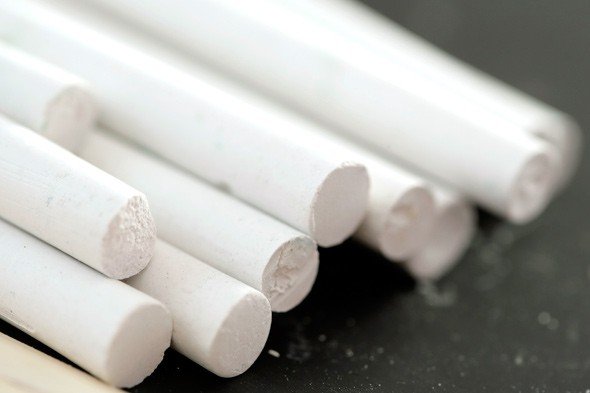Before the rise of whiteboards and marker pens in classrooms, blackboards and chalk were widely used as teaching tools. Chalk, primarily made of calcium carbonate, was a staple in schools. A common belief emerged suggesting that the white dust from chalk could cause an-an, a skin condition characterized by white patches. But is there any truth to this claim?
What is An-An?
An-an, also known as tinea versicolor, is a skin condition caused by an overgrowth of the fungus Malassezia furfur. This condition leads to the appearance of white or lighter patches on various parts of the body, including the face, chest, back, neck, and arms. Factors that contribute to the fungal overgrowth include excessive oil production on the skin, excessive sweating, a weakened immune system, and hot, humid climates.
The Chalk Dust Myth
The belief that chalk dust causes an-an is a misconception. While chalk dust and the white patches of an-an may appear similar in color, there is no scientific evidence linking chalk dust to the development of this skin condition. An-an is caused by a fungal infection, not by exposure to calcium carbonate or any substance found in chalk.
What Should You Be Concerned About With Chalk Dust?
While chalk dust does not cause an-an, it can pose other health risks. Prolonged inhalation of chalk dust can lead to respiratory issues, such as irritation in the lungs and airways. This is particularly a concern in poorly ventilated areas where chalk dust lingers in the air. Individuals with pre-existing respiratory conditions, like asthma, may be more susceptible to the adverse effects of chalk dust.
How to Prevent and Treat An-An
Although chalk dust isn’t a culprit, an-an can still be managed and prevented with proper hygiene and care. Here are some tips:
- Maintain good skin hygiene to prevent fungal overgrowth.
- Avoid excessive sweating or immediately shower after sweating.
- Wear breathable, loose clothing, especially in hot and humid climates.
- Strengthen your immune system through a healthy diet and lifestyle.
- If symptoms persist, consult a dermatologist for appropriate antifungal treatments, such as creams, shampoos, or oral medications.
The idea that chalk dust causes an-an is purely a myth. While chalk dust can irritate the respiratory system, it has no connection to the fungal infection responsible for an-an. Proper skin care and maintaining overall health are key to preventing this skin condition. If you notice persistent white patches on your skin, seeking professional advice ensures effective diagnosis and treatment.



